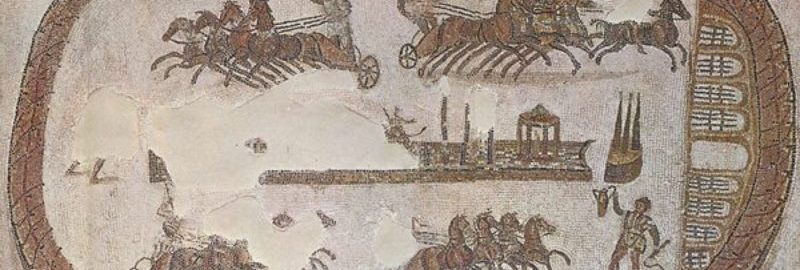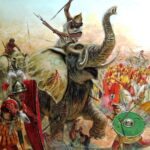Archaeologists who once conducted excavations in the capital of Carthage at the Circus there discovered that the Carthaginians used an advanced system to cool horses and chariots.
The key to the discovery was that the structure used a waterproof mortar mixed with broken and powdered ceramics. The mortar was used in an oblong object located in the centre of the arena, the so-called spins around which rivals made laps. This building was usually richly decorated with columns, ornaments and statues. Among these facilities, there were sprinklers (sparsores), which drew water from tanks located underground. It is possible that chariot drivers like this could count on a little cooling in the hot climate. However, as scientists say, “ancient air conditioning” may have been primarily intended to cool the wheels of chariots and horses.
The Carthage Circus was the second-largest circus in the Roman Empire, 500 meters long (80 meters shorter than the Circus Maximus in Rome ) and could probably hold over 100,000 spectators. The ancients were extremely fascinated by chariot racing, a sport as popular as football is today.
As it turns out, the cooling technique was also used in other circuses in the Empire, including at the Maxentius circus near Rome, on Via Appia.







